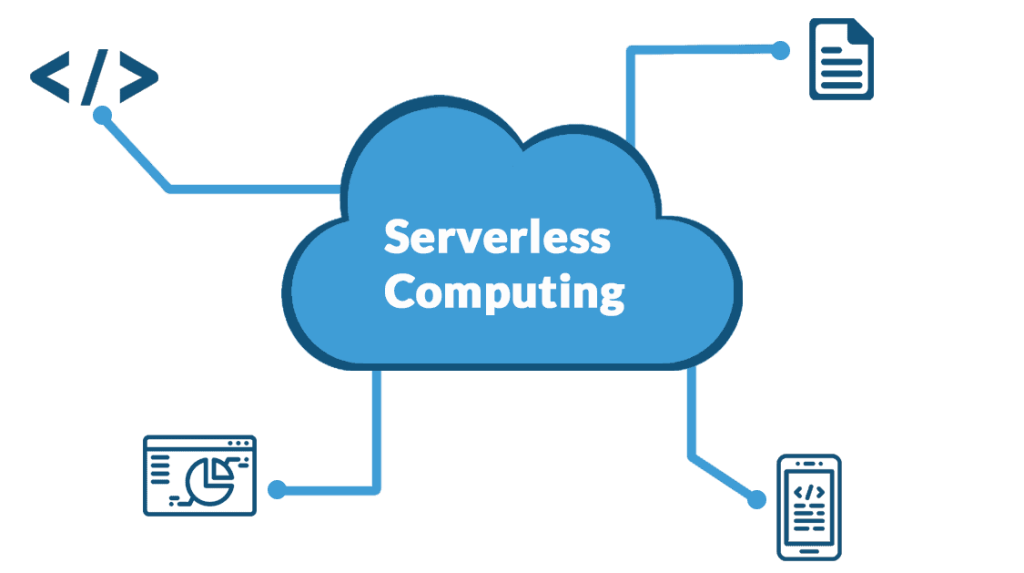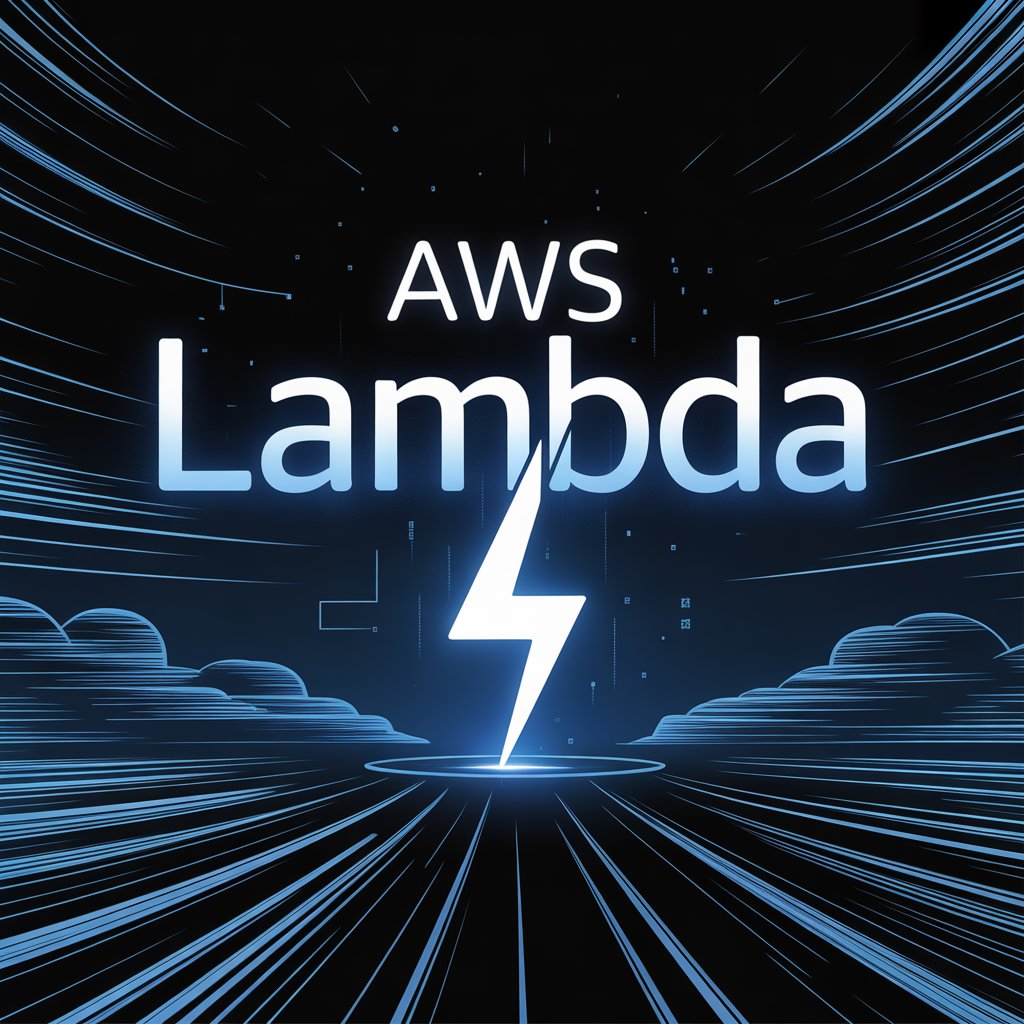AWS Lambda & The Power of Serverless Computing: Unlocking Modern Cloud Development

Architecture for building and serving applications are changing in the cloud world. Serverless computing promises to be the great game changer that increases development agility and velocity and frees developers from the hassles of managing servers. At the heart of such a revolution is the AWS Lambda — the world’s first serverless computer launched by Amazon.
The blog explains what serverless is and goes deeper into the possibilities with AWS Lambda; It also explains how the serverless works, in example built in the article.Totally inspired by the above article:)

What Is Serverless Computing? The Next Evolution in Cloud
Serverless computing allows developers to write, and run code without worrying about servers. Under this model, everything about the infrastructure implementation itself would just be handled automagically behind the scenes by the cloud hosts – AWS, in this case – scaling, patching, provisioning and you name it.
Why “Serverless”?
Despite the title there are servers. And the thing is, you don’t have to work with them ever, and you don’t even see them. With such an abstraction, it means you won’t be forced to focus on anything other than your app logic or business needs when working with MobX.
Benefits That Matter
- Simplified Operations: No scaling or servers to maintain.
- Elastic scalability: Scale your application on demand – without any capacity planning requirements.
- Very good value for money: you’re only charged when your function is actually running and being invoked.
- Fast to Market: Develop and deliver faster with fewer expenses.
- More Agile: Faster experimentation and iteration, no infrastructure constraints.
AWS Lambda: The Cornerstone of Serverless on AWS
At 2014, AWS Lambda is released and in this short period it has become one of the most popular “Serverless” platforms worldwide. You can fire some code as things happen, such as data modification, state change, or the user’s actions.

Key Features in Details
- Event-Driven Architecture: Lambda can be triggered by any of the AWS sources, e.g. S3, DynamoDB, Kinesis, SNS, API Gateway, to execute logic in response to events.
- Support for Many Languages: With Node. js, Python, Java, Go, C#, Ruby, and your own custom runtimes.
- Statelessness: They are also transient and stateless by design, and are designed to grow and be fast.
- Fine Grained Security: It leverages IAM roles as a security mechanism for least privilege access control.
- Monitoring and debugging: Real-time logs and performance metrics are available through built-in integration with Amazon CloudWatch.
- Provisioned Concurrency: For workloads that require consistent low response time latency, Lambda provisioned concurrency will keep functions ready to serve requests.
Pricing: Pay For What You Use
The AWS Lambda is simple and processing charges are quite economical:
- Request Charges: $0.20 per 1 million requests (after free tier).
- Compute Charges: Based on the memory size allocated and execution time (measured in GB-seconds).
That is to say that, so long as your function takes up, say, 100 milliseconds, you have to pay by that specific amount of time which is multiplied by the memory allocated, but nothing more, nothing less. Such a pay-as-you-go solution is ideal in the case of unpredictable loads or burst traffic.
Popular Use Cases: Real-World Applications of Lambda
- File Processing: Automatically stream, re-size, compress or otherwise process video & image files uploaded to S3.
- API Backends: Create a RESTful API directly on AWS Gateway + Lambda without any servers.
- Stream Processing: Process real-time data with Kinesis or DynamoDB streams.
- IoT Backend: Real-time data processing from millions of connected devices.
- Chatbots: Process variable responses with low latency.
- Automation: Execute scheduled jobs, like backups, database maintenance or running reports.
- Automation of Security: Adjust security events or compliance audits automatically.
How Does AWS Lambda Work? A Step-by-Step Overview
- Write and Deploy Your Code: Push your function in a ZIP or container image.
- Define Event Sources: Such triggers may include HTTP or database events, or scheduled timers.
- Invoke: Lambda runs your function automatically whenever an event triggers it.
- Scale: It is hard to notice the scale in Lambda and that’s up & down scaling, from 0 to 1000’s of invocations.
- Monitor : Monitor logs and metrics in Amazon CloudWatch to get insights to your solutions and help troubleshoot issues.
Serverless is also seamless since Lambda takes care of the lifecycle of functions and cold starts and retries.
Lambda Architecture Example: Building an Image Processing Pipeline
For example, if you wanted to create a photo app that generates thumbnails:
Step 1: A user posts a photo to an S3 bucket.
Step 2: S3 fires a Lambda function when an object is created.
Step 3: The Lambda function takes that photo, creates thumbnails, and saves the thumbnails to another S3 bucket.
Step 4: Lambda sends a response over SNS and says that I have processed the user’s S3 file.
Step 5: The backend returns and the frontend fetches and displays the processed thumbnails.
This completely scalable, event-driven and serverless, in fact with no servers to maintain architecture.
Tips for Getting Started with AWS Lambda
- Keep functions short and sweet: saving you mental overhead, debugging, and hassle.Functions should do one thing.Make sure your functions are doing one thing, and one thing only.
- Carefully manage dependencies: Use Lambda Layers for shared libs.
- Watch for cold starts: Provisioned concurrency can be the magic potion for low latency-sensitive apps.
- Use CloudWatch Logs: Create alarms on errors and poor performance.
- Secure with IAM Roles: Do not over-privilege your Lambda functions.
- Optimize RAM usage: Balance between RAM capacity and the time it takes to finish your task, save cost.
Challenges and Considerations
- Cold Start Latency: There are initialization latency of functions, may kick in after some idle time.
- Statelessness: You need somewhere to store state and all of the above are transient (DynamoDB, S3).
- Mitigation measures: Maximum execution time of the request timeouts has been reduced to 15 minutes.
- Vendor Lock-in: Lambda locks you into AWS, so keep portability in mind in your architecture.
Conclusion: Embracing the Serverless Future with AWS Lambda
AWS Lambda is more than a computer service; it’s a trigger to change how applications are put together. Summary Coupling infrastructure concerns to code is an antipattern, let your teams move fast and scale easily Windows into Lambda.
In both cases (startups and enterprises), serverless computing with AWS Lambda provides a captivating approach to transforming applications, saving money, and driving innovation during the cloud era.

